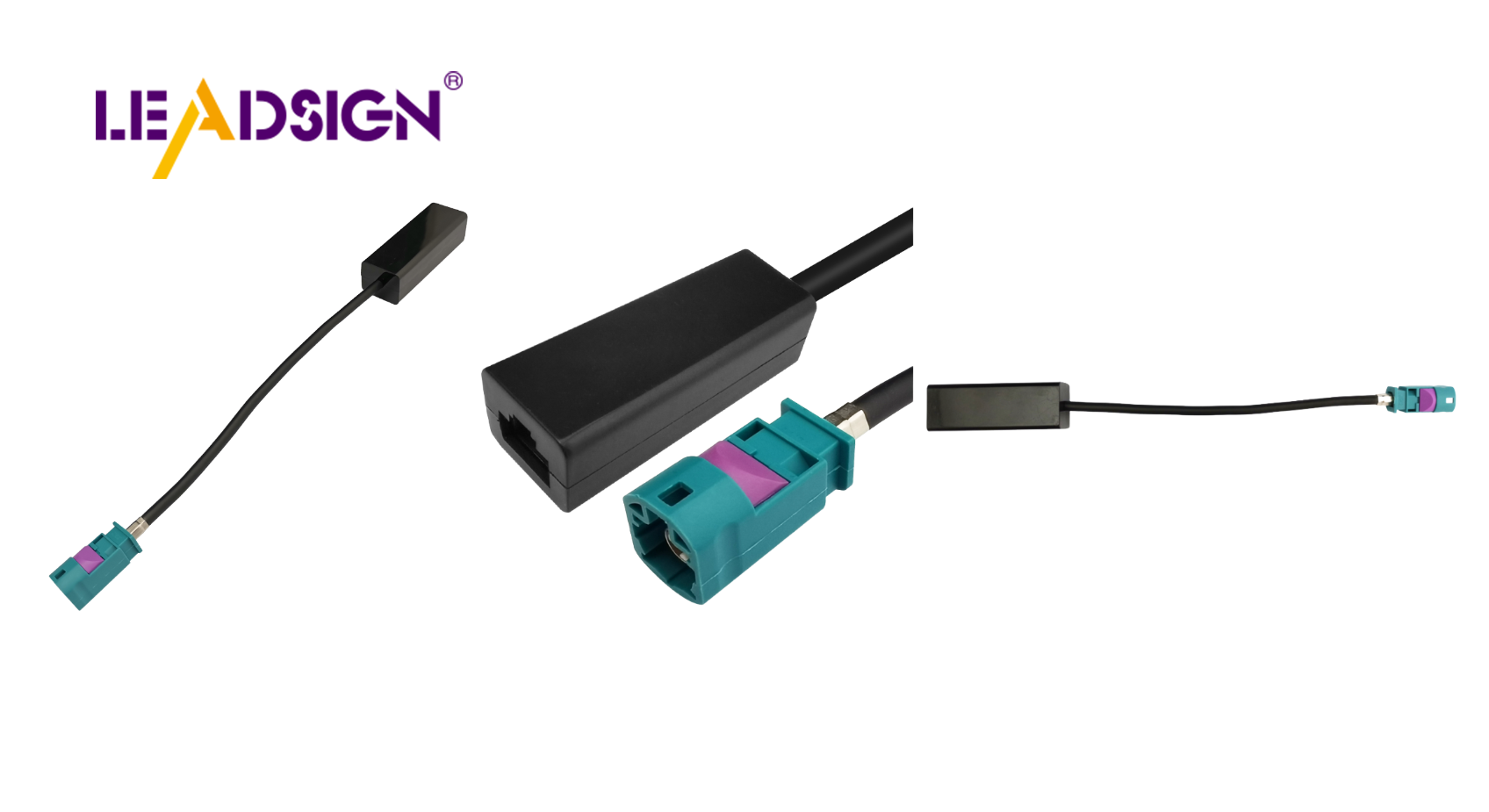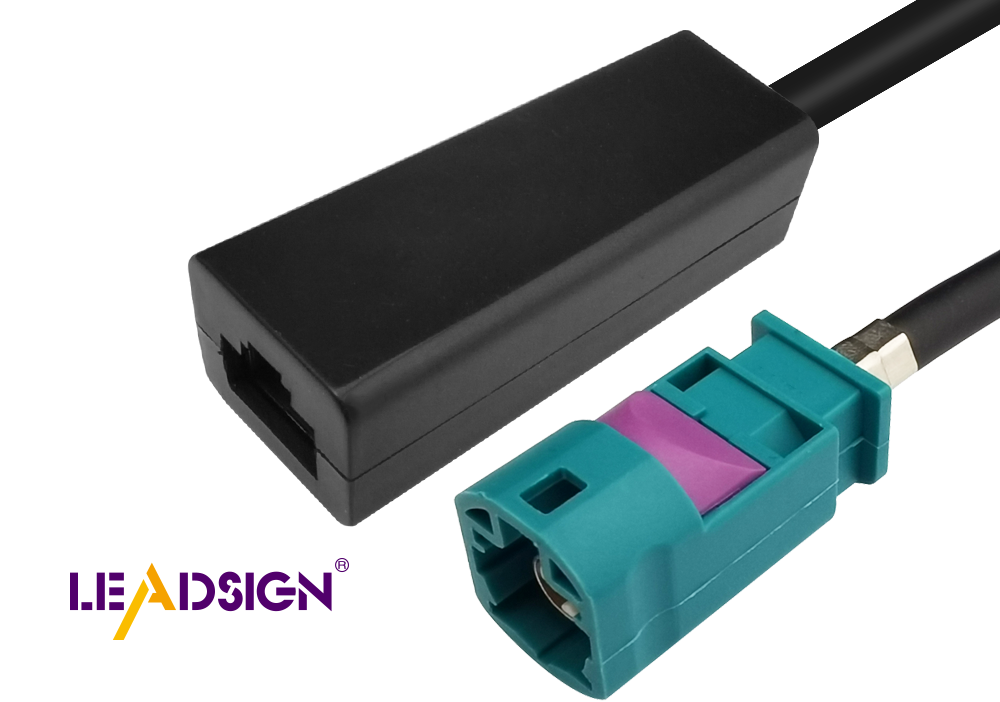Understanding RJ45 Coaxial Cable and Ethernet Differences

When setting up internet, picking the right cable is key. You may ask about the differences between RJ45 coaxial cable and Ethernet cables. Coaxial cables work well for long distances and are often used for cable TV and modems. However, they usually support speeds from 100 Mbps to 1 Gbps, which might not be ideal for fast activities like gaming. Ethernet cables typically provide better speed and performance, making them popular for today's networking needs.
Understanding RJ45 Coaxial Cables

Definition and History
What is a Coaxial Cable?
You might ask what a coaxial cable is. It's an electric wire with parts inside. There’s a center wire, a cover, a metal shield, and another cover. This setup stops interference, so it sends signals far. "Coaxial" means the layers share the same middle line.
Historical Development and Use
Coaxial cables started in the early 1900s. Engineers made them to keep signals clear by reducing noise. Over time, they became key for fast digital talks. They were big in radio antennas, TV setups, and satellite dishes. In networking, rj45 coaxial was once used in Ethernet networks like 10BASE5.
Applications and Characteristics
Common Uses in Networking
In networking, coaxial cables link modems to the web often. They are common in TVs for good video quality too. The rj45 coaxial was once used widely in Ethernet for its long-distance reliability.
Key Characteristics and Features
Coaxial cables have important traits that make them special. They resist outside noise well for clear signals. Their strong build handles high-frequency signals for many uses. Also, they send lots of data well, so they are still liked today.
Exploring Ethernet Cables
Types of Ethernet Cables
Cat5, Cat6, and Cat7 Explained
In the world of Ethernet cables, you’ll hear about Cat5, Cat6, and Cat7. These are different types of twisted pair cables for networks. Cat5 is older and can handle up to 1 Gigabit speed. It’s good for basic home use but not for fast data needs today.
Cat6 is faster, reaching up to 10 Gigabit speeds over short distances. It reduces noise better, making it great for gigabit networks. If you need a stable and quick network, choose Cat6.
Then there’s Cat7, made for tough setups. It supports the same speed as Cat6 but works over longer distances with less interference. Though not common yet, Cat7 is great for future high-speed needs.
Differences in Speed and Performance
These cables differ in speed and performance a lot. Cat5 handles up to 1 Gbps, enough for simple tasks. For more speed, Cat6 supports up to 10 Gbps at short ranges—good for heavy use.
Cat7 keeps 10 Gbps speeds even farther due to better shielding. This makes it ideal where fast data without interference is needed.
Benefits and Uses
Advantages in Modern Networking
Ethernet cables like Cat6 and Cat7 have many benefits now. They allow fast data transfer important for streaming or gaming. Their design cuts down interference for steady connections.
They also support Power over Ethernet (PoE), powering devices like cameras through the cable itself—simplifying setup by needing fewer power sources.
Typical Applications in Home and Business
At home, Ethernet connects things like computers or smart TVs to the internet smoothly. In businesses, they link servers or workstations in local networks (LANs).
Whether setting up at home or work, picking the right cable matters a lot for performance. Usually, Cat6 suits most needs well; while Cat7 offers extra future-proofing.
Comparing Coaxial and Ethernet Cables
Choosing between coaxial and Ethernet cables is important. Knowing their good and bad points helps you decide.
Good and Bad of Coaxial Cables
When Coaxial is Best
Coaxial cables are great for some things. They send signals far without losing quality. This makes them good for big buildings or areas. They are tough against weather, so they last long outside. Coaxial handles fast communication well, making them useful for internet and TV.
Problems with Coaxial
But coaxial has problems too. They are slower than Ethernet cables, which isn't good if you need fast data. They're not as up-to-date with new tech, so they're less used now. Also, they cost more than Ethernet, which isn't great if you're saving money.
Good and Bad of Ethernet Cables
Why Choose Ethernet
Ethernet cables are popular today. They are faster and work better for streaming or gaming. They fit in homes or offices easily. With Power over Ethernet (PoE), they power devices like cameras through the cable.
Downsides of Ethernet
Ethernet has downsides too. They don't go as far as coaxial without help boosting signals. If you need to cover long distances, they might not be best. But usually, Ethernet beats coaxial in speed and cost.
In short, think about what you need when choosing cables. For long distance and toughness, pick coaxial. For speed and new tech use, choose Ethernet.
Understanding coaxial and Ethernet cables is important. Coaxial cables are great for long distances and video. Ethernet cables are fast for modern networks. Think about what you need before choosing. For long, strong connections, pick coaxial. For speed, choose Ethernet or fiber optic cables. Match your choice to your needs now and later for best results.
See Also
Why FAKRA Coaxial Cables Matter in Automotive Technology
Exploring the Advantages of FAKRA Coaxial Cable Connectors
Boosting Connectivity Through HSD LVDS Cable Solutions

